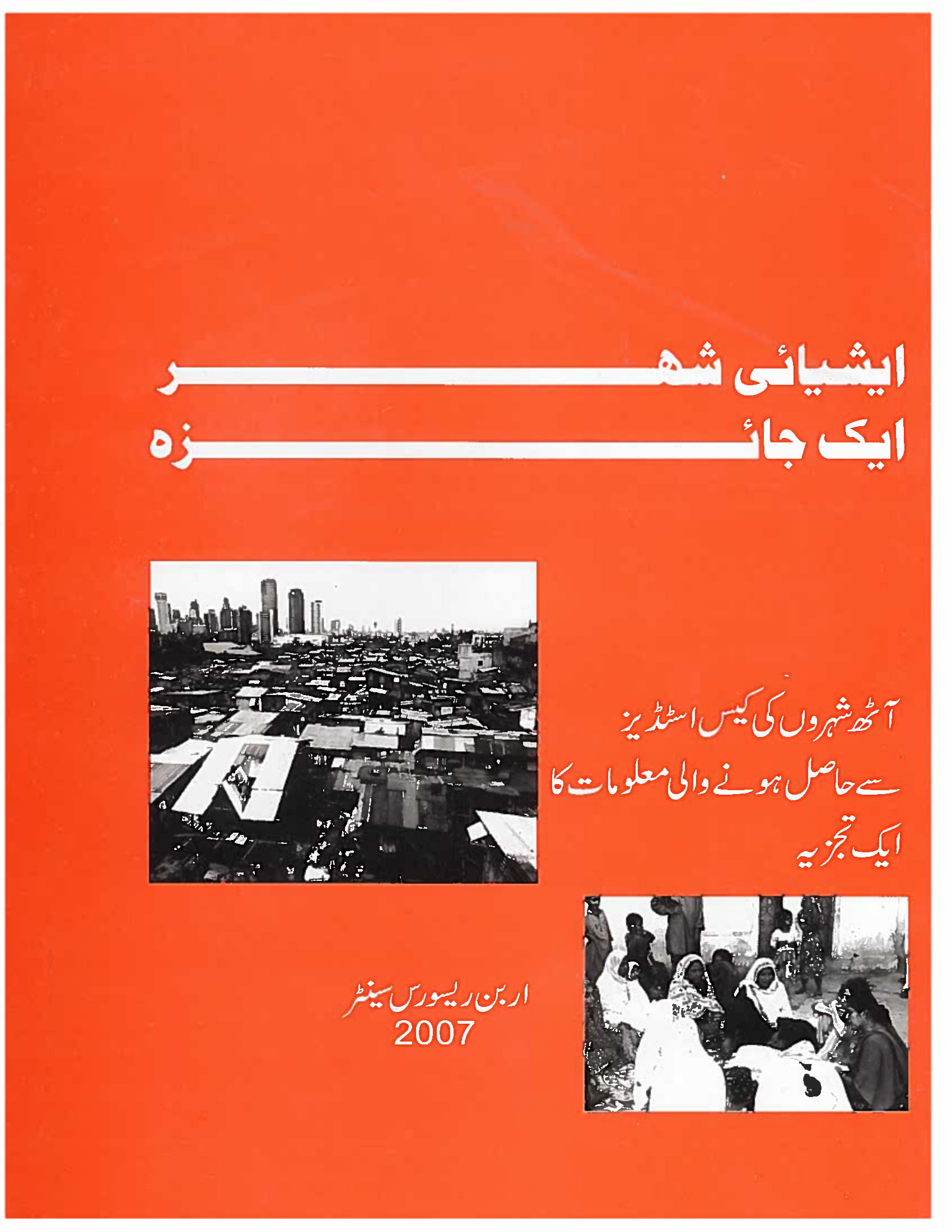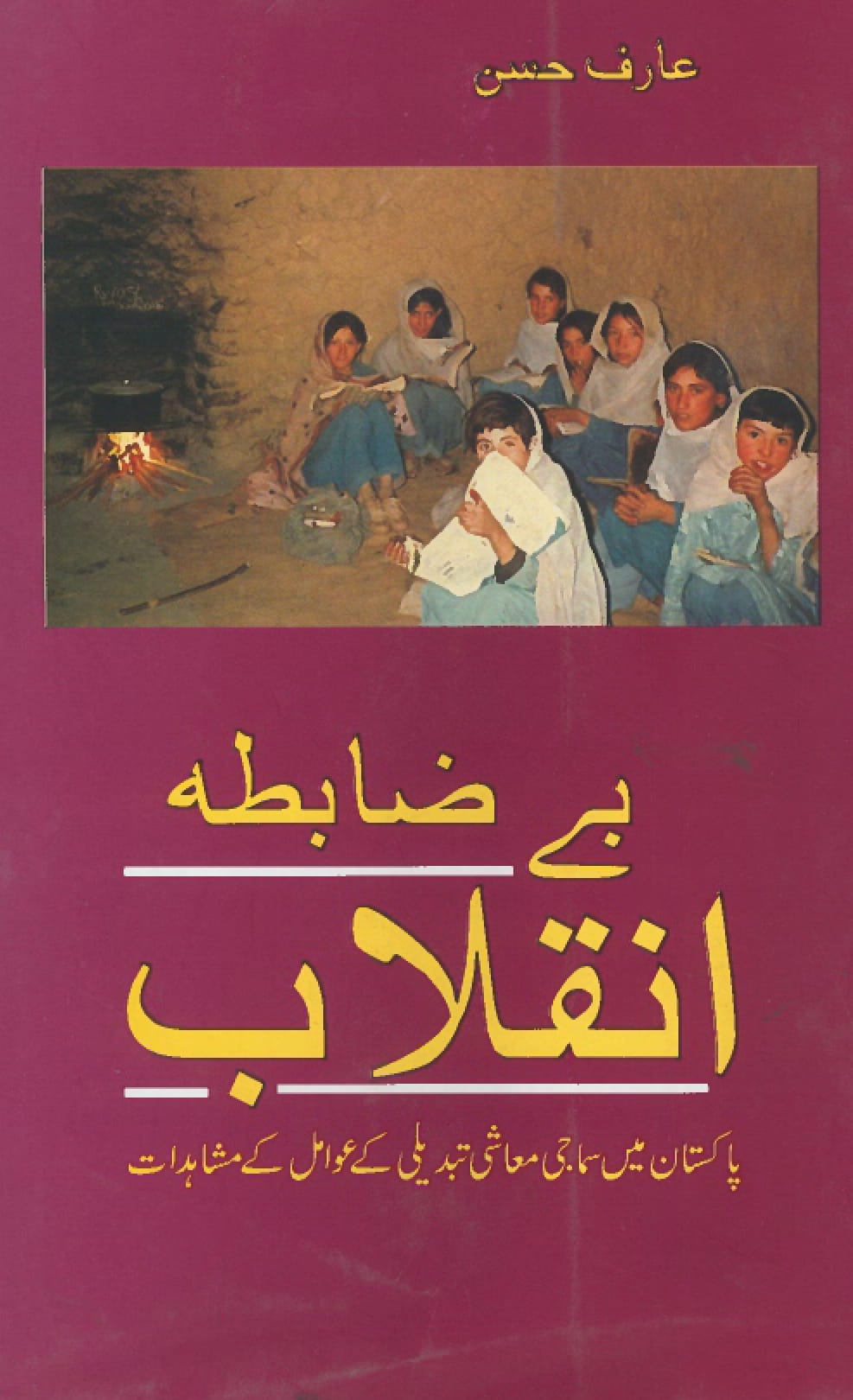
Drivers of Climate Change Vulnerability
Karachi, home to around 20 million people, is grappling with a governance crisis marked by poor service delivery and unplanned urbanization. These development shortcomings have led to social, economic, and
Exploring Karachi’s Transport System Problems
The exponential increase in Karachi’s population, the change in its demographic indicators, the spatial spread of housing and the geographical concentration of livelihoods opportunities mean increasing transport pressures. This paper
Housing Rights By Urban Resource Center
Housing Rights by the Urban Resource Center explores the critical issue of affordable housing in urban areas, with a particular focus on Karachi. The book examines the systemic challenges faced
Understanding Karachi
EVERY CITY IS unique, but some are more unique than others. Karachi, the largest city in Pakistan, is one such. Before partition in 1947, Karachi had some 450,000 inhabitants, half
An Overview of Asian Cities
An Overview of Asian Cities by the Urban Resource Centre (URC) provides a comprehensive analysis of the urbanization patterns, challenges, and opportunities across Asian cities. The report delves into various
Roshan Misaalen By Arif Hasan
Roshan Misaalen by Arif Hasan is a significant work that delves into the challenges and successes of urban development in Pakistan, particularly focusing on Karachi. The book highlights various case
Working with Government
The success of OPP’s extensive low cost sanitation programme in Karachi’s working class settlement of Orangi demonstrates that low income communities can finance and manage the construction of an underground
Community Initiatives: Four Case Studies from Karachi
The population of Karachi, Pakistan’s largest city, was 450,000 in 1947. Today it is over 11 million, and about 500,000 people are added to it every year. The state and
Bay Zabta Inquilab By Arif Hasan
Bay Zabta Inquilab by Arif Hasan explores the irregularities and challenges in Pakistan’s social, political, and economic systems. The book delves into the disorganized and inefficient processes that have hindered
